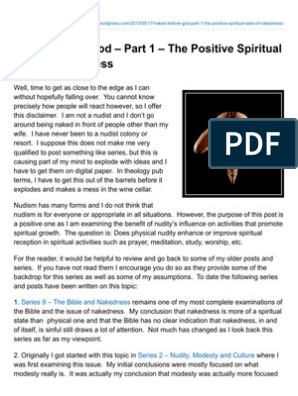0% found this document useful (0 votes)
51 views3 pagesDaffodils
The poet wanders lonely like a cloud until he sees a crowd of golden daffodils fluttering by a lake. Though initially taken by surprise, the sight brings him joy. He is later able to revisit this feeling of happiness through the "inward eye" of memory and imagination, finding solace in nature's beauty even when physically alone. The poem emphasizes how brief natural wonders can offer lasting spiritual fulfillment and pleasure.
Uploaded by
harishdarshan35Copyright
© © All Rights Reserved
We take content rights seriously. If you suspect this is your content, claim it here.
Available Formats
Download as PDF, TXT or read online on Scribd
0% found this document useful (0 votes)
51 views3 pagesDaffodils
The poet wanders lonely like a cloud until he sees a crowd of golden daffodils fluttering by a lake. Though initially taken by surprise, the sight brings him joy. He is later able to revisit this feeling of happiness through the "inward eye" of memory and imagination, finding solace in nature's beauty even when physically alone. The poem emphasizes how brief natural wonders can offer lasting spiritual fulfillment and pleasure.
Uploaded by
harishdarshan35Copyright
© © All Rights Reserved
We take content rights seriously. If you suspect this is your content, claim it here.
Available Formats
Download as PDF, TXT or read online on Scribd
/ 3






















































































